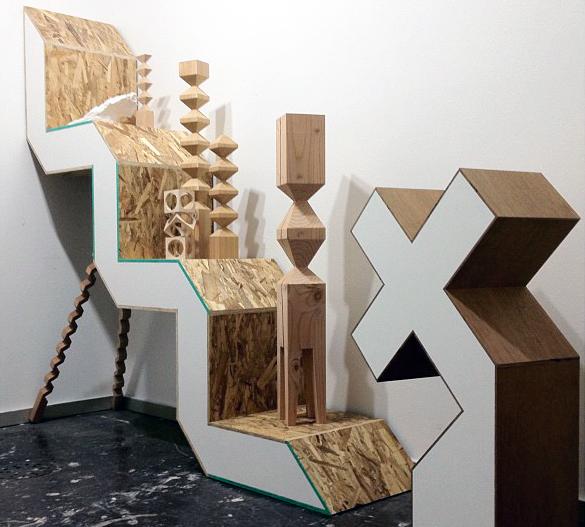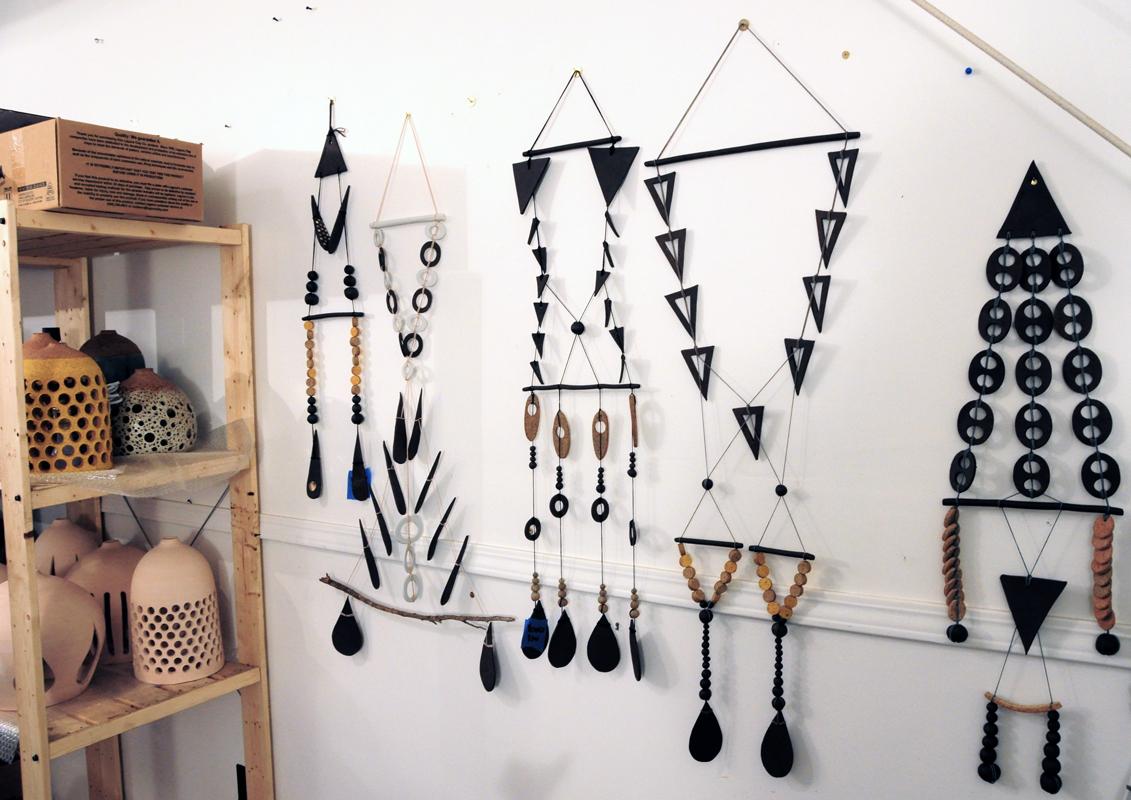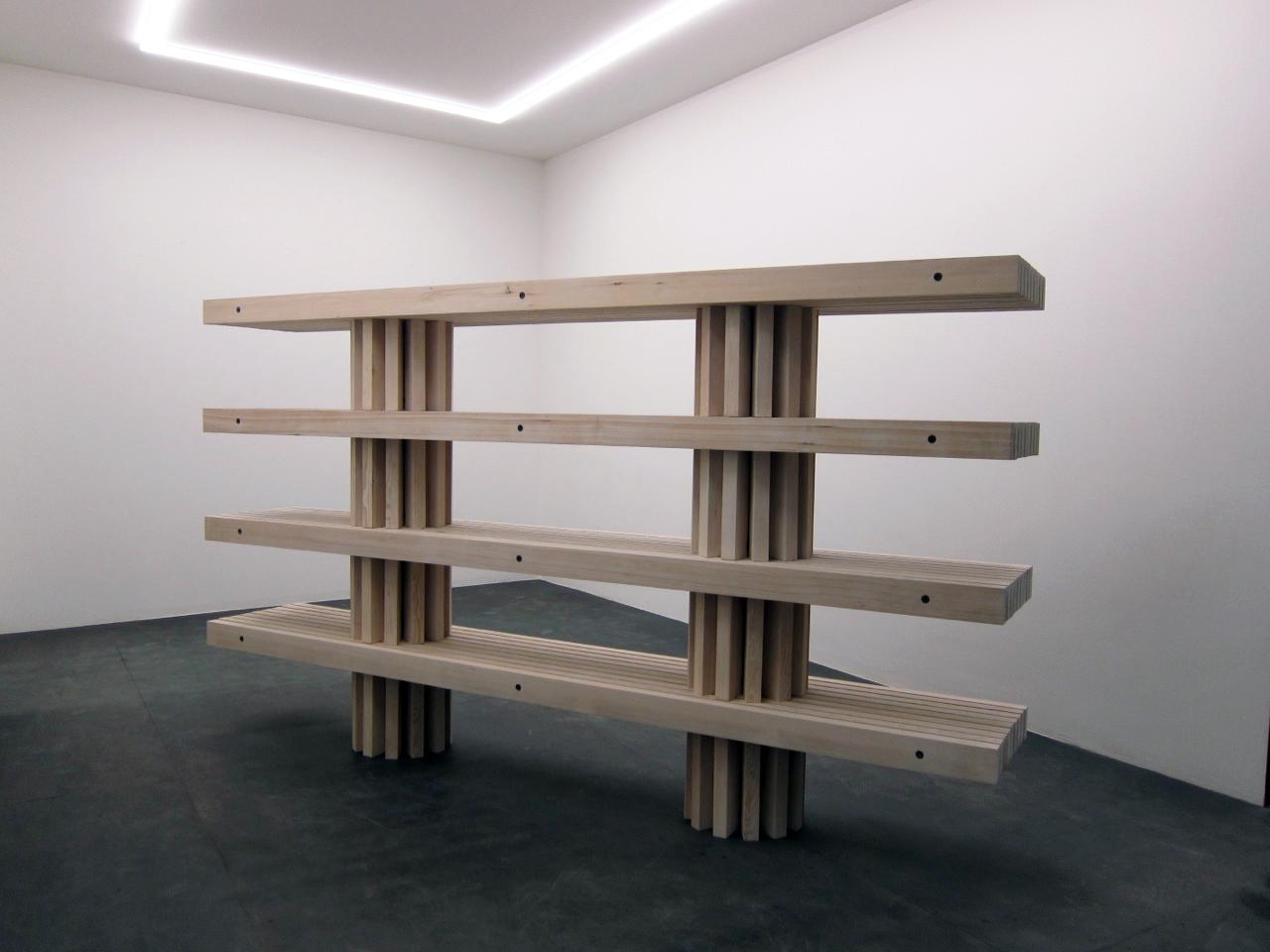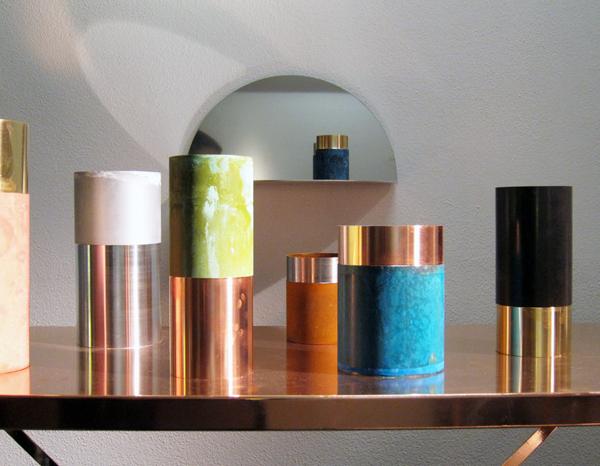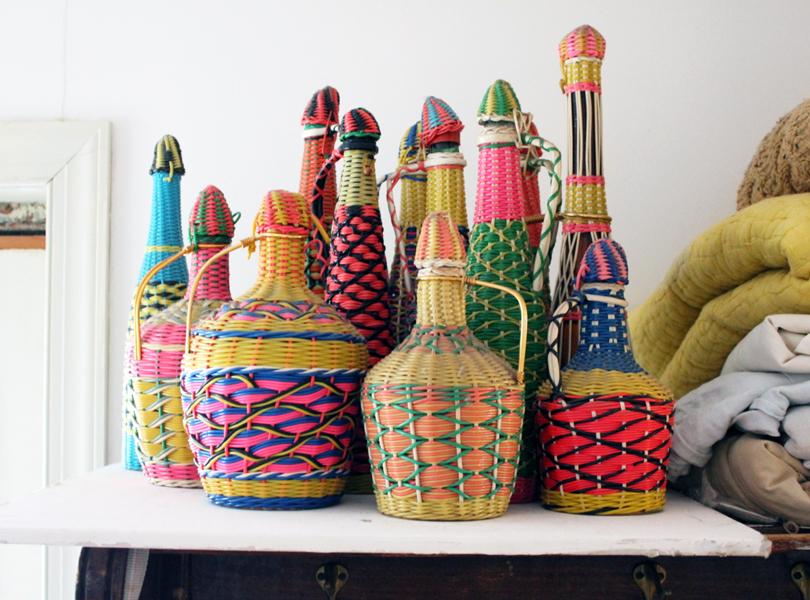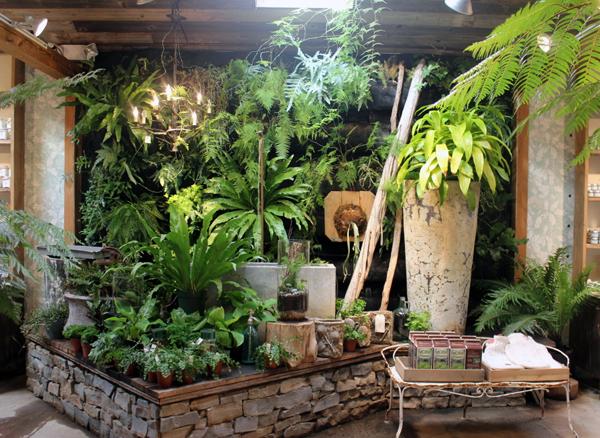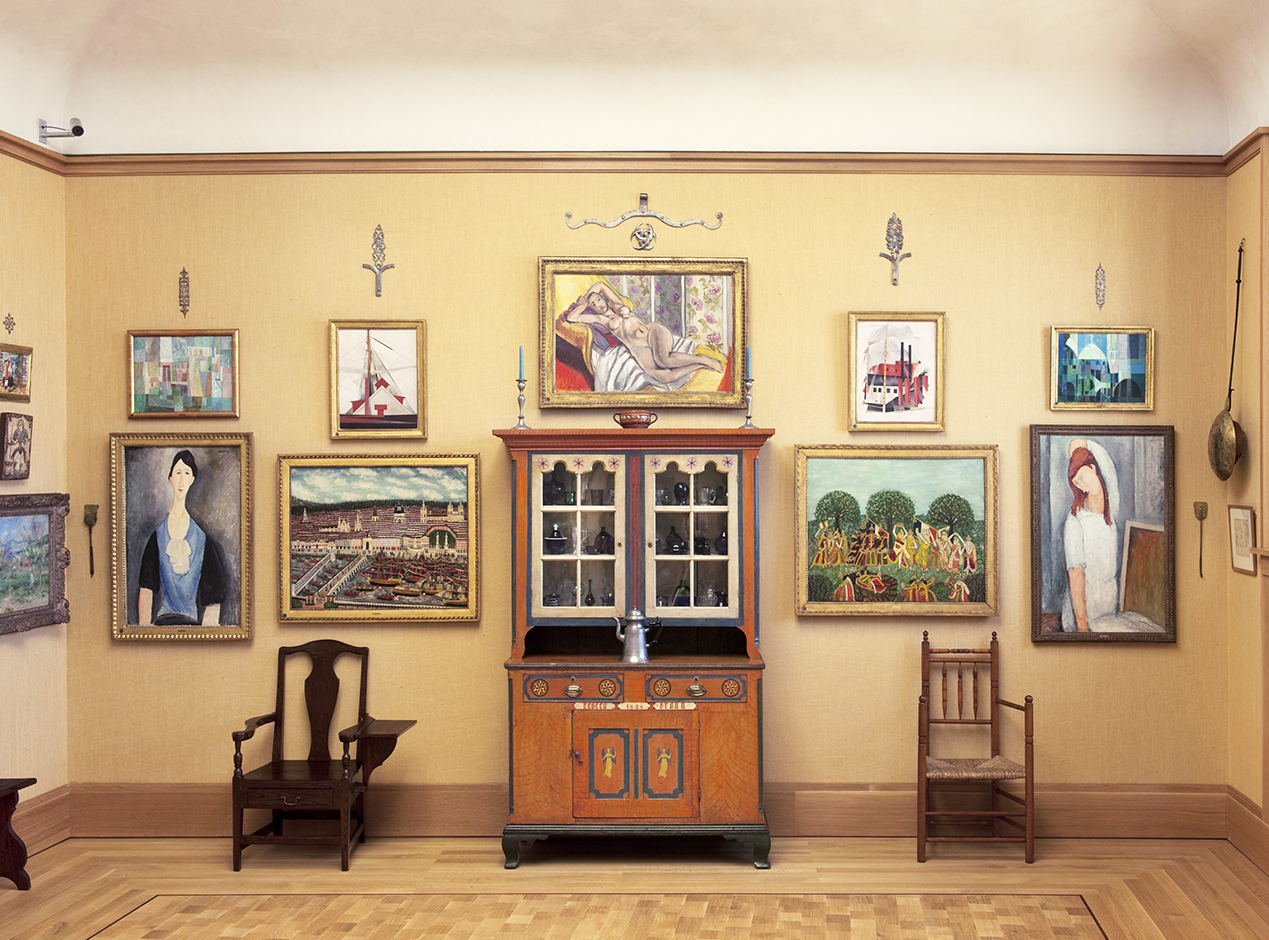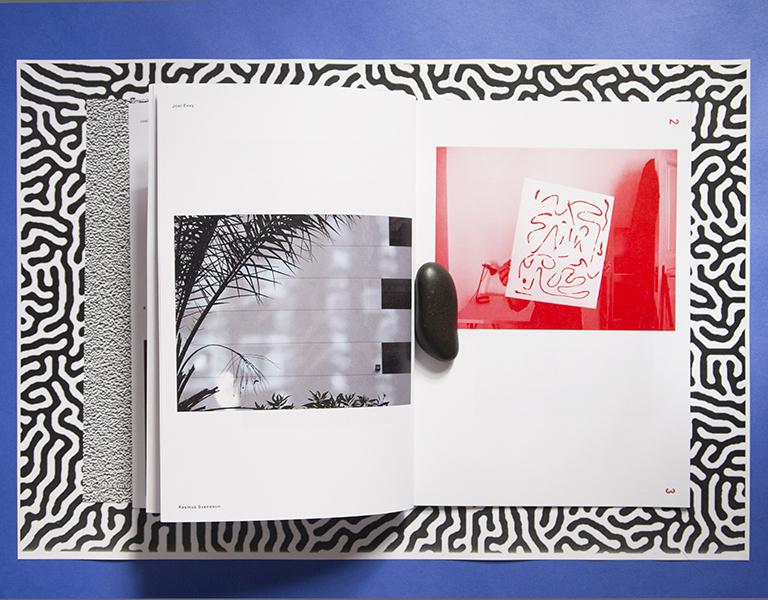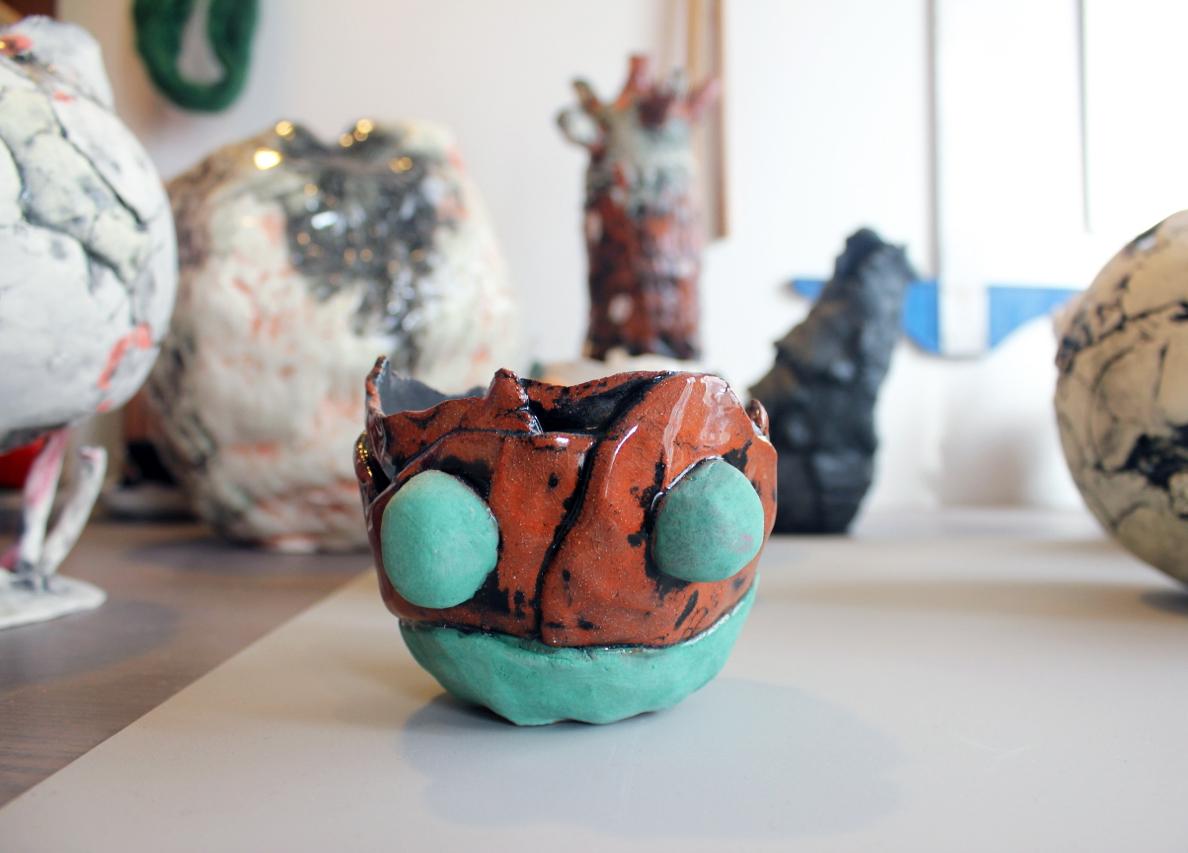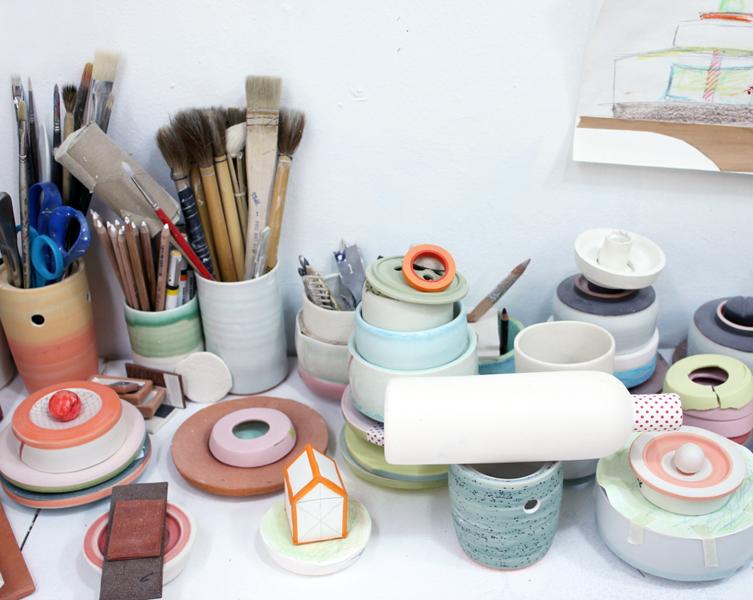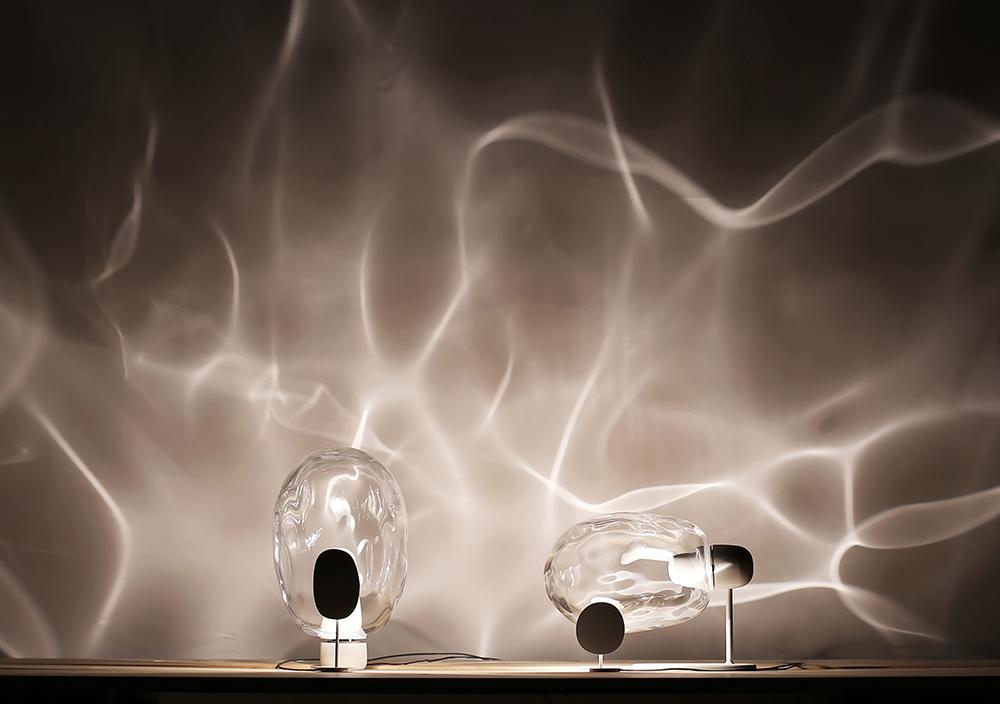
05.06.13
Up and Coming
Poetic Lab & Studio Shikai, Designers
As anyone who’s spent even a passing amount of time with us knows, one of our favorite games is playing “spot the next design star.” There are lots of places to look, of course — our most recent obsession being the treasure trove that is Instagram — but the granddaddy of them all is Salone Satellite, the young designers showcase that sets up shop on the edge of Milan’s fairgrounds each year. Before blogs, before ICFF Studio, before the London Design Festival even existed, there was Satellite, which in the past has been a launching pad for designers like Front, Nendo, Paul Loebach, Jonah Takagi, and Matali Crasset, to name a few.
